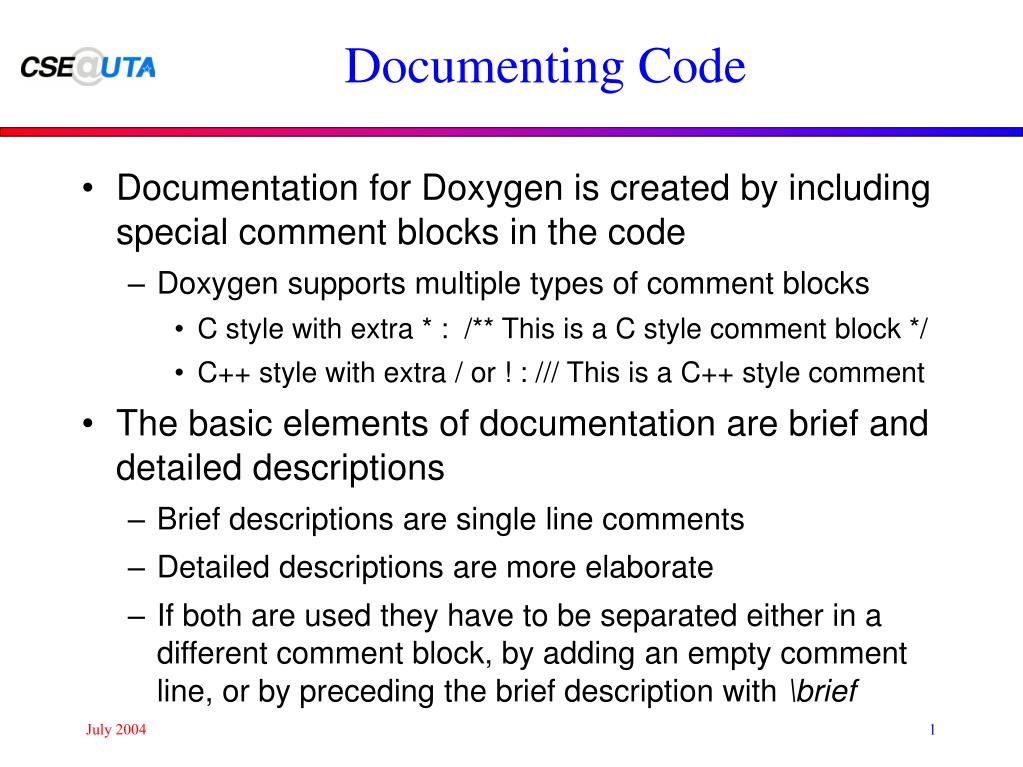
- #Doxygen define how to
- #Doxygen define upgrade
A different style sheet or custom headers and footers do not help in such case. In some cases you may want to change the way the output is structured. Warning The structure of headers and footers may change after upgrading to a newer version of doxygen, so if you are using a custom header or footer, it might not produce valid output anymore after upgrading. If you use images or other external content in a custom header you need to make sure these end up in the HTML output directory yourself, for instance by writing a script that runs doxygen can then copies the images to the output. Note You should not put the style sheet in the HTML output directory. See the documentation of the HTML_HEADER tag for more information about the possible meta commands you can use inside your custom header.

#Doxygen define upgrade
Note it is not longer recommended to use HTML_STYLESHEET, as it make it difficult to upgrade to a newer version of doxygen.
HTML_EXTRA_STYLESHEET = my_customdoxygen.css. You should edit these files and then reference them from the configuration file. It is recommended only to look into this file and overrule some settings you like by putting them in a separate stylesheets and referencing those extra files via HTML_EXTRA_STYLESHEET. customdoxygen.css is the default cascading style sheet used by doxygen. This file contain the link to and the body and html end tags. footer.html is a HTML fragment which doxygen normally uses to end a HTML page. These will be replaced by doxygen on the fly. Note that the fragment ends with a body tag and that is contains a couple of commands of the form $word. header.html is a HTML fragment which doxygen normally uses to start a HTML page. To do this first run doxygen as follows: doxygen -w html header.html footer.html customdoxygen.css You can also let doxygen use a custom header and footer for each HTML page it generates, for instance to make the output conform to the style used on the rest of your web site. To tweak things like fonts or colors, margins, or other look & feel aspects of the HTML output in detail, you can create a different cascading style sheet. enabling HAVE_DOT along with INTERACTIVE_SVG while setting DOT_IMAGE_FORMAT to svg, will make doxygen produce SVG images that will allow the user to zoom and pan (this only happens when the size of the images exceeds a certain size). enabling HTML_DYNAMIC_SECTIONS will make doxygen hide certain content (like graphs) in the HTML by default, and let the reader expand these sections on request. To make the HTML output more interactive, doxygen provides a number of options that are disabled by default: To change the hue, saturation, and gamma correction of the colors respectively.įor your convenience the GUI frontend Doxywizard has a control that allows you to see the effect of changing the values of these options on the output in real time.īy default doxygen shows navigation tabs on top of every HTML page, corresponding with the following settings: To change the overall color of the HTML output doxygen provides three options The next subsections describe some aspects that can be tweaked with little effort. #Doxygen define how to
The section XML output show how to generate whatever output you want based on the XML output produced by doxygen. The section Layout show how to reorder and hide certain information on a page.


The section Minor Tweaks discusses what to do if you want to do minor tweaking to the look and feel of the output. Doxygen provides various levels of customization.







 0 kommentar(er)
0 kommentar(er)
